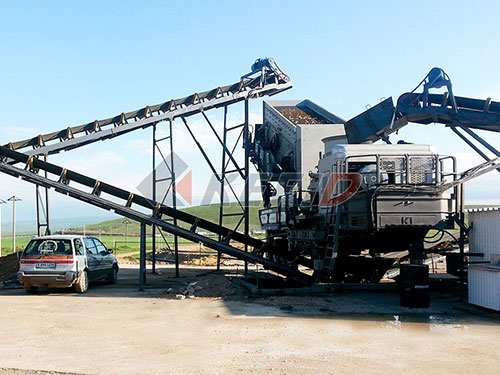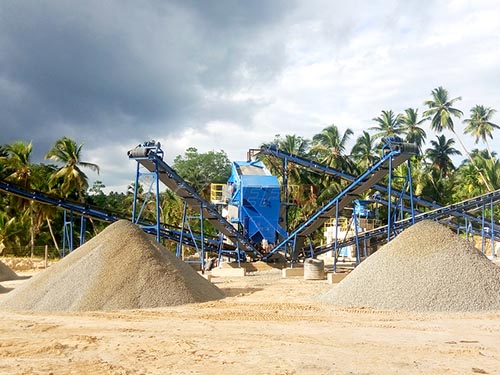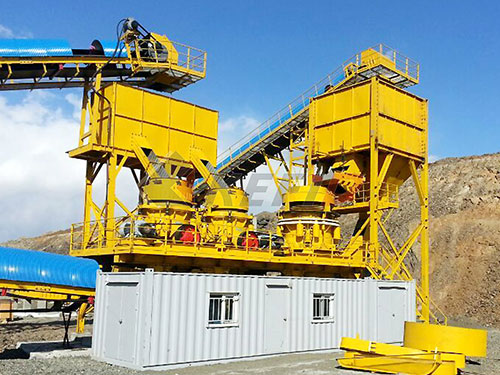Triple Roll Crusher
The Triple Roll Crusher: Precision Particle Size Reduction for Demanding Applications
In the realm of mineral processing, aggregate production, ceramics, and various industrial sectors requiring precise control over particle size distribution, the Triple Roll Crusher stands out as a highly effective solution for intermediate crushing tasks. While single and double roll crushers are well-established technologies, the triple roll configuration offers distinct advantages for specific material characteristics and product requirements.
Core Function and Design Principle

At its heart, a triple roll crusher employs three parallel cylindrical rolls mounted horizontally in a robust frame. Each roll rotates towards the next at potentially different speeds (depending on design), creating multiple crushing zones:
1. Primary Crushing Zone: Feed material enters between the first (top) and second (middle) rolls.
2. Secondary Crushing Zone: Material crushed in the first zone then passes between the second (middle) and third (bottom) rolls.
3. Final Sizing Zone: Further reduction occurs as material exits between the third roll and an adjustable breaker plate located beneath it.
This staged crushing approach allows for greater control over the final product size compared to single-stage crushers.
Mechanism: Compression & Inter-Particle Breakage
Crushing action primarily relies on:
Compression: Material is nipped and compressed between the counter-rotating rolls.

Inter-Particle Breakage: Material particles trapped between larger particles are fractured due to pressure exerted by adjacent particles ("bed crushing"). This mechanism is particularly efficient for producing less fines compared to impact crushing.
Shear & Attrition: Differences in roll speeds can introduce shear forces that aid in breaking down platy or friable materials.
Where Triple Roll Crushers Excel: Advantages
1. Precise Product Size Control: The combination of multiple crushing stages and adjustable gaps between rolls (and often an adjustable breaker plate below the bottom roll) provides exceptional control over top-size elimination and overall particle distribution.
2. Minimized Fines Generation: By utilizing inter-particle breakage within each nip zone more effectively than many other crusher types (especially impactors), triple roll crushers tend to produce a higher proportion of cubical product with reduced ultra-fine material ("fines"). This is crucial when downstream processes require specific sizing or fines are undesirable.
3. Handling Sticky or Plastic Materials: The positive feed action of the rolls helps pull sticky materials like clayey ores or wet coal through the machine more effectively


